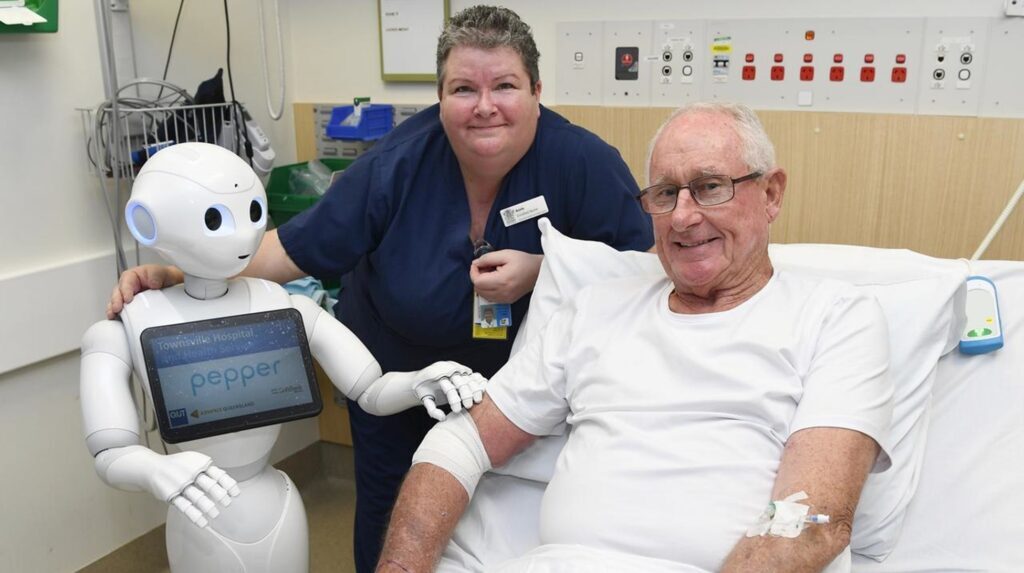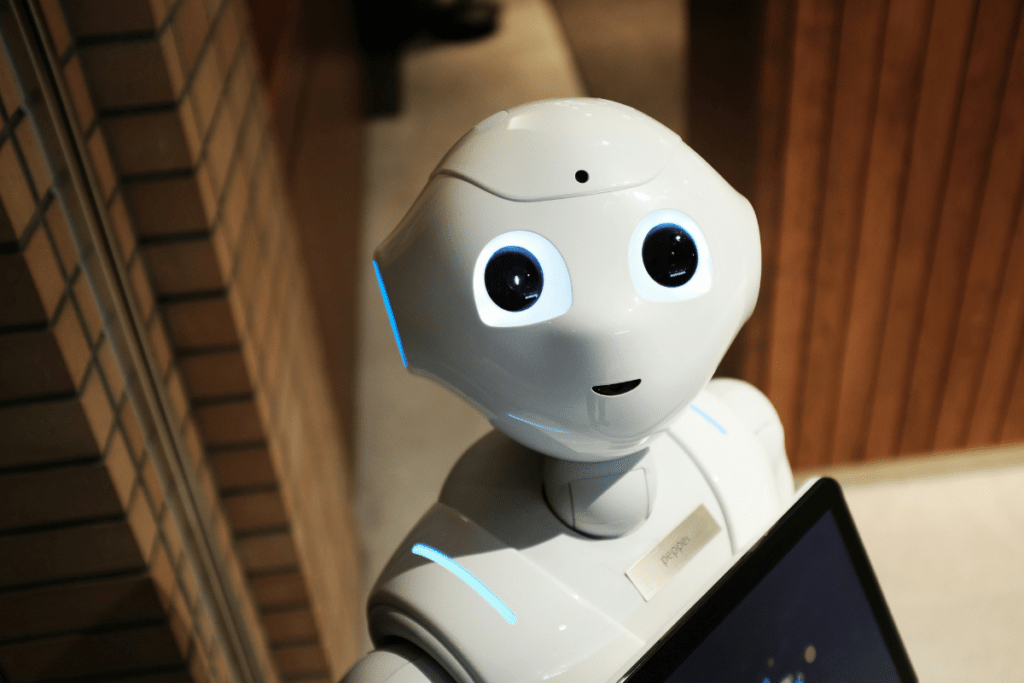This is the final blog of a four-part series focused on the healthcare labor market and the major trends shaping its future. You can find the first part here, second part here and third part here.
How will automation and the rise of artificial intelligence impact healthcare recruiting? This is the central question I will address in the final part of this blog series.
Meet Pepper. A specialized care robot developed in Japan, Pepper has been in the works for over a decade. Backed by hundreds of millions of dollars in government and private investment, it’s part of a broader national strategy to address a looming demographic crisis: a rapidly aging population and a shrinking workforce. When the supply of qualified healthcare workers can’t keep up with rising demand, innovation isn’t optional, it’s essential.

Do they work?
The results are mixed. A 2021 study explored whether robots like Pepper could play a meaningful role in case-based care. While assistive technologies show promise, especially in response to labor shortages, they haven’t seen widespread adoption. More than a third of care professionals surveyed had a negative view of their use. The main concern was simple: it’s hard to replace the human connection that caregivers form with their patients. In healthcare, empathy isn’t an optional part of the job.
Perhaps even more concerning, further research suggests that assistive technologies can create more work for care professionals, not less. Take Pepper, for example. One of its programmed tasks is to lead afternoon karaoke and exercise sessions. In practice, though, patients often wouldn’t engage unless a human co-led the activity, undermining the robot’s intended purpose and adding another task to an already overburdened staff.
But that doesn’t mean automation and assistive technologies have no place in healthcare, they just require more creative thinking. Last year, we wrote about the rise of the Centaur Worker: professionals empowered by AI to improve the efficiency and quality of their work without being replaced by it. The same idea is slowly taking shape in healthcare.
At the Mayo Clinic, AI is being used to optimize radiation therapy workflows, cutting down treatment planning time and improving precision. In Ghana, where there’s a shortage of radiologists, a startup has launched an AI-powered diagnostic tool that supports clinicians by reading medical images, helping extend care to more patients, faster.
But change doesn’t happen overnight. New technologies often take years—sometimes decades—to permeate an industry and deliver measurable results. A 2022 study by MIT economists examined the adoption of health information and communication technology (HICT) and its impact on clinical effectiveness and productivity.
The findings were clear: HICT can reduce costs and improve outcomes, but the benefits take time to appear. Adoption is slow, for good reason. Privacy concerns around patient data remain a major barrier, and the short-term disruptions of implementing new systems can outweigh immediate gains.
The takeaway? AI and information technology hold real promise for improving productivity in healthcare but realizing that promise requires patience, investment, and a long-term view. The end goal isn’t to replace clinicians, but to free them to focus on what matters most: providing high-quality care.
What does this all mean for healthcare recruiters?
Healthcare is no longer just another large sector; it’s the defining labor market story of the 21st century. With over 10 million jobs added since 1990 and no signs of slowing down, healthcare now represents the largest employment category in the U.S. economy.
The three forces shaping the future of healthcare: retirees, regulations, and robots are reshaping labor dynamics in real time. Aging demographics are fueling demand while also shrinking the future talent pipeline. Regulatory shifts are expanding access to care while creating uncertainty around reimbursement models, wages, and staffing. And while AI and automation promise long-term efficiency, they often bring short-term disruption and require new ways of thinking about roles and training.
The future of the healthcare labor market still looks deeply human. But change is inevitable. As recruiters, being both aware of and prepared for these shifts can turn an unpredictable labor market into one that is a bit more manageable.







